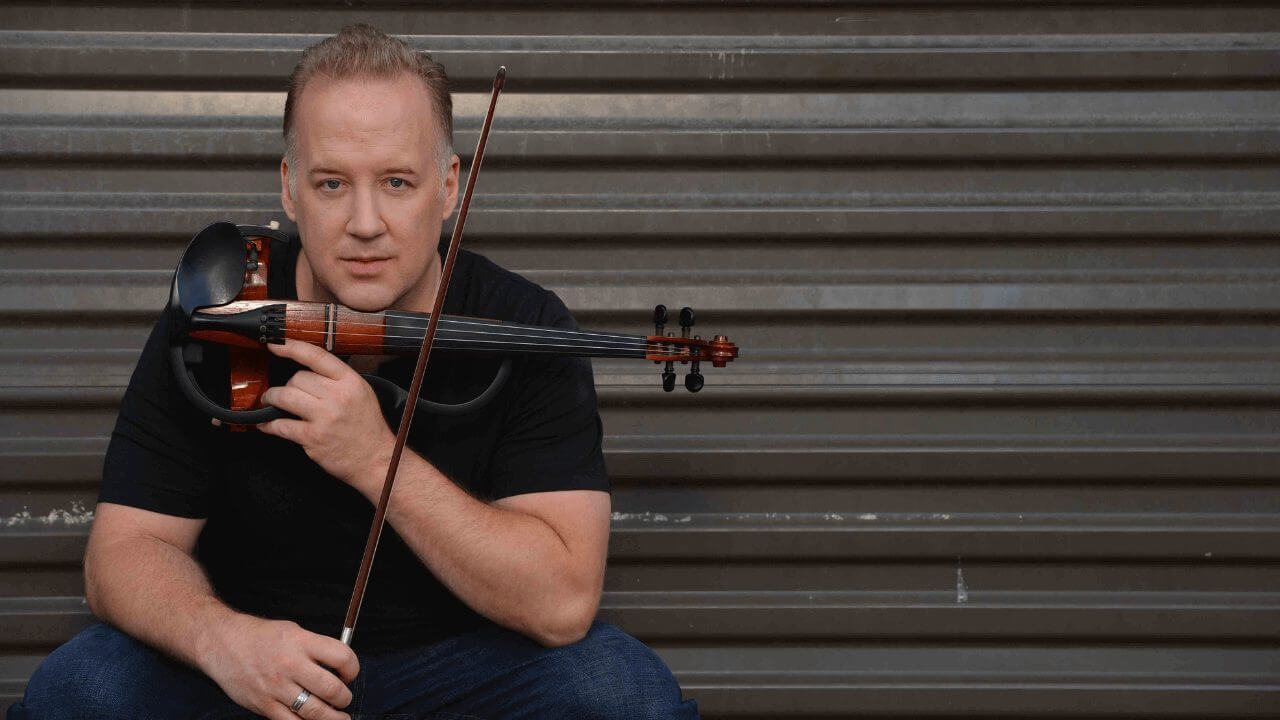
Are you wondering: How do I Improvise on Violin, Viola, or Cello?
Although classical musicians are taught to develop a balanced practice regimen from an early age, they often feel lost when it comes to practicing contemporary styles, improvisation, and related subjects.
Table of Contents
Sound familiar?
Mastering improvisation on the violin requires a balanced practice regimen, just like mastering a concerto. I’m laying out a common-sense approach to practicing improvisation in this 18-video playlist entitled “Anatomy of a Groove“. Watch it here:
Rather than glazing over the subject, I’d like to present a curriculum devoted to improvisation for classical string players.
Classical musicians need a curriculum that makes room for jazz but doesn’t depend on it.
Jazz curriculum can be alienating for classically trained musicians. They are more open to realms of musicianship in which the pursuit of jazz is not requisite.
“Creative Strings” podcasts, online courses, and outreach activities are designed to present strategies corresponding to these three pillars. Here is a breakdown of various modules which apply:
a) Tonal improvisation/arranging/composition.
b) Internalize scales and modes:
Practical approaches to applying modal or scale-based improvisation
The video playlist above hits many of these subjects from the standpoint of learning a tune. The tune itself is based on a simple, funky. two-chord vamp, reminiscent of Grover Washington’s “Mr. Magic” or Herbie Hancock’s “Chameleon”. The backing track was made using my Yamaha Electric Violin with simple effects and a loop pedal.

How to practice 7th chord arpeggios on violin, viola, or cello
The harmonic structure of the vamp is outlined as a recurring progression of two chords. How to practice the 7th chord arpeggios is covered as one of many steps to internalizing the harmonic structure of this vamp.
How to create a bass line
The process of creating a bass line is covered as well as some of the right-hand techniques available to play a funky bass line on violin, viola, or cello.
How to voice chords, play the “inner voices”, or comp on a bowed string instrument
2) Find the closest “voicing” on violin, viola, or cello so that you move the smallest possible distance between both double stops.
How to create comping patterns (from a rhythmic and technical standpoint)
1) Ghost arco at the tip of the bow
2) Chop at the frog of the bow
3) Strum guitar style, striking the strings on all subdivisions
4) Strumming guitar style, without striking the strings.
How to practice pentatonic scales
This video covers efficient ways to practice and internalize pentatonic scales on violin, viola, or cello.
How to practice blues scales on violin, viola, or cello
Efficient ways to practice and internalize blues scales on violin, viola, or cello. The blues scale is just one workable strategy (of many) for creating effective improvisations.
How to identify the components of a good improvised solo
This video explains that, beyond the bass line, inner voices, and rhythmic structure, a good solo is comprised of diversity, repetition, and a “deep bag of tricks”, based on a series of criteria.
How to groove on violin, viola, and cello
One of the elements of any good solo or musical performance is groove. By monitoring your groove when you practice improvising, you can play concise or restrained ideas that are still compelling.
Using phrasing “algorithms” to expand your improvisation
Using motific development in your improvisation
This video covers ways to develop a motif.




